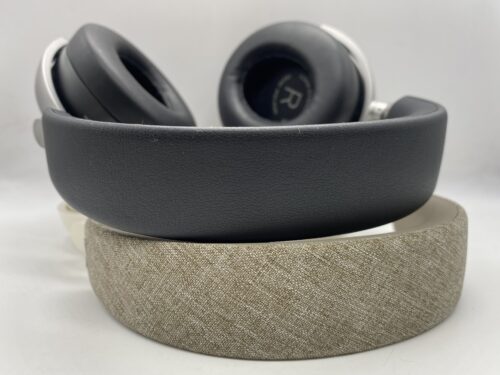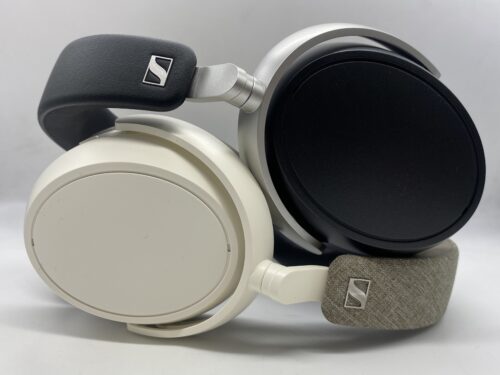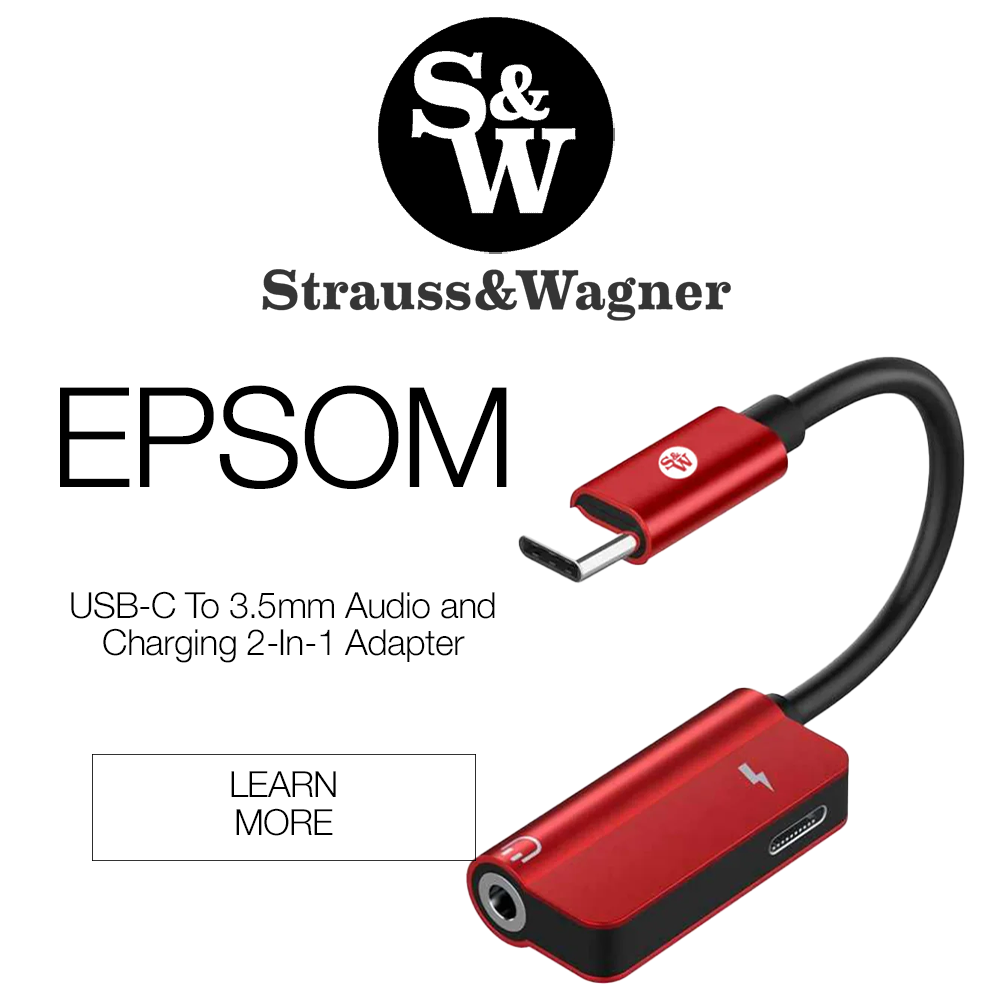In the competitive market of wireless headphones, Sennheiser continues to lead with two distinctive models: the HDB 630 and the Momentum 4. While both deliver the brand’s hallmark sound quality and engineering precision, they target slightly different audiences. The HDB 630 caters to the discerning audiophile who values tonal accuracy and reference-grade tuning, while the Momentum 4 aims to offer a perfect balance of comfort, features, and engaging sound for everyday use. This comparison examines how these two headphones stack up across design, connectivity, performance, and value.
What You Get
| HDB 630 | Momentum 4 |
|
|
Look & Feel
In terms of design, the HDB 630 reflects Sennheiser’s professional lineage. It has a closed-back over-ear structure with a minimalist, purpose-driven aesthetic. The build is lightweight yet sturdy, and the overall fit is described as “light and comfortable, with a snug pinch,” suggesting that Sennheiser prioritized stability for both at-home and on-the-go listening. The materials feel premium, and the design language is restrained, signaling its studio-inspired intent.
The Momentum 4 takes a more lifestyle-driven approach to design, emphasizing sleekness and comfort. It features plush ear pads and a thin but well-cushioned headband that makes long sessions remarkably easy on the head. While much of the build relies on high-quality plastic, the overall look remains refined and modern. Its blend of minimalism and warmth gives the Momentum 4 a universal appeal that aligns perfectly with everyday use.
When it comes to comfort, both models excel, but in slightly different ways. The HDB 630’s fit is snug and secure, suitable for focused listening, while the Momentum 4’s soft and airy padding makes it ideal for extended wear during travel or casual listening sessions.
Design & Functionality
When it comes to design and functionality, the Sennheiser HDB 630 and Momentum 4 approach performance from two different angles. The HDB 630 employs Sennheiser’s refined 42mm dynamic driver system, tuned for audiophile-grade precision with an emphasis on neutrality and clarity. Its focus is on delivering uncompromised wireless fidelity, and that extends to its inclusion of the BTD 700 USB-C dongle, which supports up to 24-bit/96kHz playback for high-resolution audio over Bluetooth. The Momentum 4, by contrast, uses a custom 42mm transducer engineered for musical warmth and energy, paired with adaptive noise-canceling technology that adjusts in real time to environmental changes.
Through the Smart Control app, users can access a range of personalization tools, including a detailed EQ, adjustable ANC intensity, and features like Sound Zones and Sound Check, allowing the Momentum 4 to adapt seamlessly to different listening scenarios. While the HDB 630 focuses on sonic purity and high-resolution playback, the Momentum 4 integrates intelligent software and adaptive processing to enhance the listening experience in more dynamic, everyday environments.
Bluetooth
Both headphones come equipped with Bluetooth 5.2. Only the HDB 630 uses the BTD 700 USB-C dongle, which allows for playback up to 24-bit/96 kHz, a rare feature that pushes wireless performance closer to wired audiophile territory. However, the model does not support aptX Lossless, which may disappoint those hoping for completely uncompressed Bluetooth audio. Another small limitation is that when using the USB-C dongle, simultaneous connection (multipoint) to a second Bluetooth device is not supported. The Momentum 4, by contrast, focuses on convenience and modern versatility. It supports AAC, aptX, and aptX Adaptive codecs.
Battery Life
Battery life is a strong point for both headphones, and Sennheiser has maintained consistency here. The HDB 630 provides up to 60 hours of playback on a full charge, giving it exceptional endurance for a headphone aimed at high-fidelity listening. The Momentum 4 matches this impressive runtime with its own 60-hour battery capacity, while adding fast-charging support that delivers around six hours of listening from just ten minutes of charging. In practice, this means that both models will easily last several days of continuous use, but the Momentum 4 edges ahead slightly in convenience with its faster recharge capabilities.
Soundstage
The HDB 630 stands out for its expansive soundstage, an impressive achievement for a closed-back design. Reviewers note that it offers some of the best imaging ever experienced in a wireless headphone, allowing listeners to easily localize instruments and spatial cues. The Momentum 4 also provides an impressive soundstage, though it tends to present a slightly more enveloping and cinematic feel rather than the pinpoint accuracy of the HDB 630.
Low End
Bass reproduction is another area where the two models diverge. The HDB 630 opts for a balanced, studio-inspired approach, delivering a bass response that’s controlled and articulate. It maintains presence without overwhelming the rest of the spectrum. The Momentum 4, however, emphasizes warmth and fullness, giving its bass more punch and texture. The result is a richer, more immersive sound that suits pop, hip-hop, and film scores particularly well.
Mids
Midrange performance on the HDB 630 is clean and highly detailed, revealing instruments and vocals with remarkable precision. The presentation is slightly flatter, prioritizing neutrality over lushness. The Momentum 4, in contrast, delivers more forward mids, especially for vocals. Reviewers have praised it for having “one of the best vocal responses” in a wireless headphone, making it especially engaging for singer-songwriter or vocal-heavy tracks.
Highs
Treble handling on the HDB 630 is refined, detailed, and never harsh. It focuses on realism and air without pushing into brightness. The Momentum 4, by comparison, has a slightly more sparkling top-end, adding shimmer and liveliness to its already engaging signature. The highs extend smoothly, giving it a touch of musical excitement that complements its full-bodied sound. In short, the HDB 630 provides a more analytical and reference-grade sound suited to critical listening, while the Momentum 4 prioritizes musical enjoyment and accessibility with its richer, more emotive tonality.
Summary
Both headphones represent Sennheiser’s mastery of wireless audio, but they cater to different priorities. The HDB 630 is best for the discerning listener or professional who wants an uncompromising, neutral, and high-resolution experience. It’s ideal for those who value sound fidelity above all else. The Momentum 4, on the other hand, remains one of the best lifestyle wireless headphones on the market. Its combination of comfort, battery life, ANC performance, and immersive sound makes it a more versatile choice for daily listening, travel, and entertainment. The HDB 630 is the more “serious listening” headphone, while the Momentum 4 shines as the “everyday” option, both continuing Sennheiser’s legacy of excellence in their respective categories.
The Sennheiser HDB 630 and Momentum 4 are available at Audio46.
MAJORHIFI may receive commissions from retail offers.











